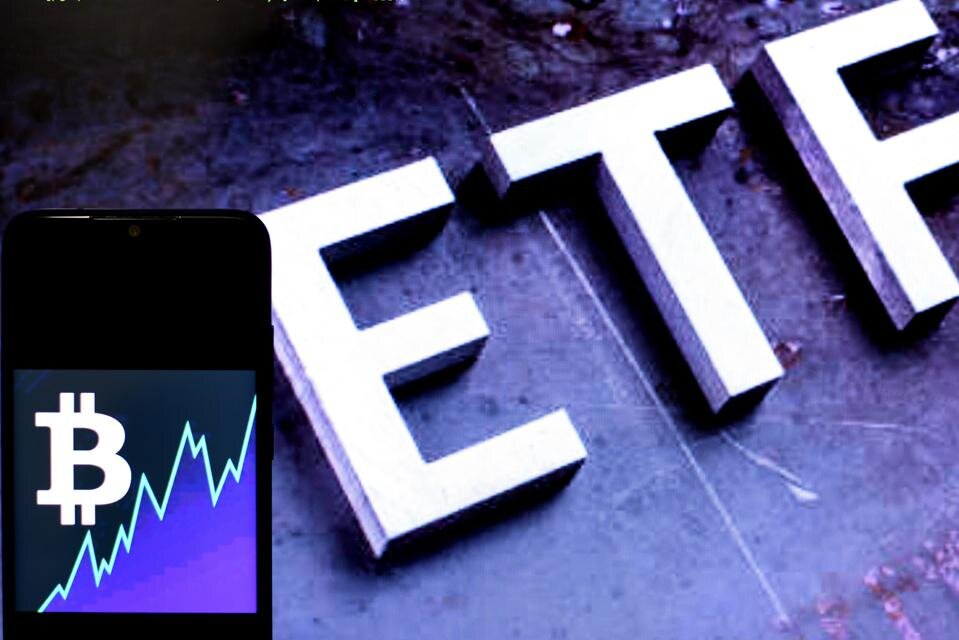
It started as ten traders purchasing large amounts of bitcoin futures at Chicago’s CME Group. Now it is becoming a trend. Forbes’ analysis of Commitments to Traders (COT), and CME Group data, which began about two weeks ago, suggests that there has been a rise in investor capital tied up at the CME Exchange in bitcoin futures open-interest (OI) contracts. This is in addition to the increase in large traders participating in the CME exchange.
In two weeks, the number of large traders who must disclose futures activity to CFTC – those with exposure equal to five bitcoins or more – has increased by 29% to 94. The number of big COT traders includes 20 more hedge funds, four banks and two more traders commercially, compared to two weeks ago. This could be a key support for the rising bitcoin trend, as the April 2021 record at $64,900 is only 4% away.
According to the CFTC’s weekly COT report, which ended on October 12, bitcoin OI increased 55% to 10,918 contract during the same time period. BTC futures OI had increased an additional 7% intraweekly to 11,682 contracts by Friday’s close. This was before it was confirmed by the Securities and Exchange Commission, (SEC).
CME retail investors have been selling modestly in the bitcoin rally. This is a sign that they aren’t following the lead of institutional traders. As it becomes apparent that the current rally is capable of sustaining gains higher than last April’s high, retail investors will likely change their minds.
According to COT data, one of the most significant changes in the past week was the announcement that eight banks had added 500 bitcoin futures contracts to their collective OI holdings for the second week.
After having 138 short contracts over seven months, the 1,000-contract barrier was broken in just two weeks. This suggests that large banks have begun to play a sell-side liquidity function for bitcoin. This role was previously held by hedge funds. The market functions more smoothly when there is more liquidity. Price gaps in security securities become smaller and less frequent.
Analyse
Whatever way you look at the SEC approval for the ProShares Bitcoin Strategy eTF, it’s a significant wink by Gary Gensler to US-regulated futures and cash exchanges. The SEC’s approval of the ProShares Bitcoin Strategy ETF would not surprise anyone. It is possible that CME Group’s stock price will see a significant increase as a result.
CME crypto futures’ dollar value reached an all-time high of $4.16 Billion on Tuesday. This is 679% higher than the previous year. CME’s future transactional earnings are highly correlated to the double-digit OI growth mentioned earlier. However, crypto futures are still a relatively small, but rapidly-growing source for revenue for CME Group.
The sharp increase in futures OI contracts is due to the fact that the US bitcoin futures ETF approval will require that issuing entities (e.g. ProShares initially and later other firms such as Invesco or Valkyrie Digital Assets later) acquire bitcoin futures to secure the ETF shares investors will be purchasing. Tomorrow will see the debut of ProShares bitcoin ETF shares on the NYSE exchange. The ProShares precedent has been approved. Other bitcoin ETF applications that are based on bitcoin futures will be approved soon and should start trading at Nasdaq or Cboe.
What will ProShares Bitcoin Strategy ETF Investors own? It may be easier to state that they won’t own bitcoin. ETF shares can be a cost-efficient, familiar instrument that individuals and institutions can own. However, clinically speaking, they derive their value form something else. In this case, it is a bitcoin futures which is a derivative. The bitcoin futures are the cash asset. The bitcoin futures are the first derivatives products. The ETF holding bitcoin futures, however, is the second.
The SEC doesn’t want ETFs holding physical bitcoin for now. This is understandable. The SEC could give carte blanche to asset managers to purchase bitcoin from the US, even just a small fraction of the billions. This would cause a huge distortion in the supply-demand curve for bitcoin, which is an asset that has a fixed issuance.
The current SEC experiment could mean that double derivatives will absorb some of the bitcoin demand without causing it to rocket overnight. Another explanation could be that the CFTC approved traditional bitcoin futures in 2017 instead of an ETF. This was widely blamed on the 2017 bitcoin bubble.
However, in order for each bitcoin ETF share that is issued to be issued, it would be necessary to hold a minimum of bitcoin futures in reserve. CME bitcoin futures are convertible so investors can settle in bitcoin to trade them for futures contracts exposure.
In practice, however, more than 99 percent of bitcoin futures settlements are cash-settled at the end of a futures exposure. This means that bitcoin futures investors trade cash for the difference in price between when they entered the contract and when they close the transaction. CME bitcoin futures can exist even if they do not have to comply with any contractual or regulatory obligations. They are allowed to hold five bitcoins.
Bitcoin’s price is at or above $60,000, despite strong headwinds from China (Evergrande and energy woes) as well as supply-chain problems. This shows greater confidence in the most widely used cryptocurrency. A massive U.S. institution door, that of bitcoin ETFs, has just opened. This has greater chances of helping bitcoin to record territory than a fall below $60,000. The impact of the SEC’s double derivative demand shock absorber on the bitcoin cash markets remains to be seen. The U.S. market is currently the only one that prohibits approved ETF vehicles holding actual bitcoins. Nothing suggests that other countries will follow this model.
